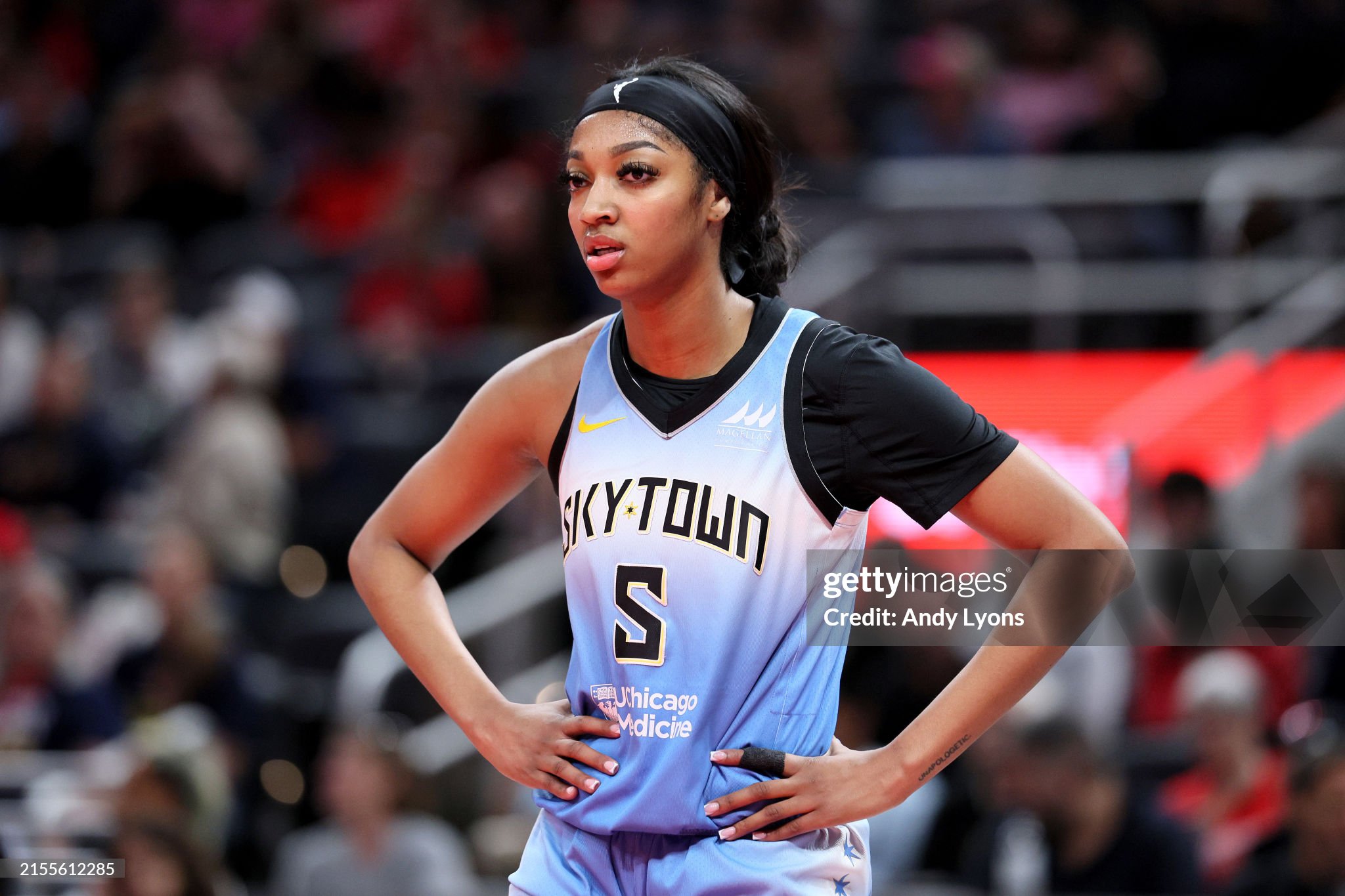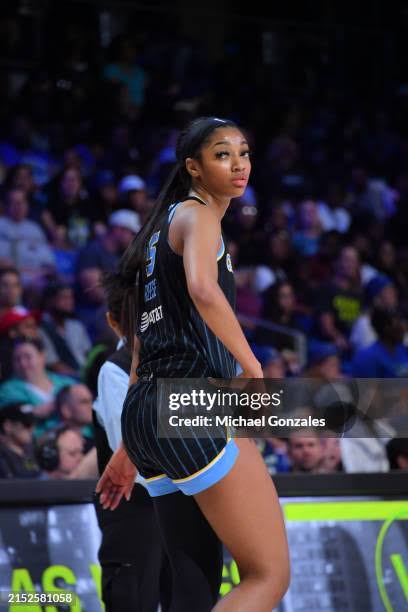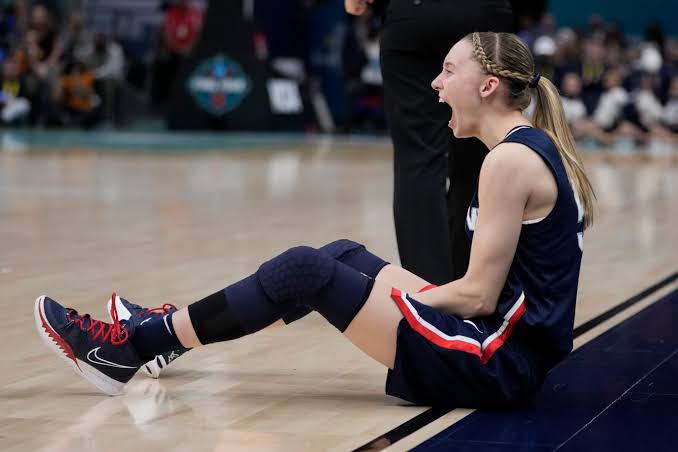This article exemplifies the tendency to sensationalize athlete rivalries, particularly in women’s sports, by projecting personal animosities that may not exist. Here’s a breakdown of the narrative:
1. Tomi Lahren’s Speculative Claim:
Lahren’s assertion that Angel Reese deleted her Instagram to shift attention away from Caitlin Clark lacks substantiated evidence. Her argument seems rooted in conjecture, perpetuating a trope of women being driven by jealousy or attention-seeking behavior rather than professional or personal reasons.
2. Cultural Double Standards:
The commentary draws a contrast between Reese’s and Clark’s public personas, framing Reese’s fashion choices as a means to garner attention. This underscores societal double standards, where women athletes are often judged by their appearances rather than their skills. Lahren’s remark that Reese “wants to be Beyoncé” reinforces this reductive narrative, trivializing Reese’s achievements and ambition.
3. Rivalry Narrative:
The media’s emphasis on a supposed animosity between Clark and Reese, despite their denials, reflects a broader pattern in sports coverage where women’s rivalries are overdramatized. Instead of celebrating both athletes’ contributions to the growing popularity of women’s basketball, the focus shifts to personal drama.
4. Selective Criticism:
Lahren’s comments about Clark avoiding “skimpy dresses” contrast sharply with her critique of Reese’s outfit choices. This moral judgment on Reese’s fashion reflects a narrow view of professionalism and individuality in sports. Such criticisms can unfairly stigmatize athletes who express themselves differently.
Conclusion:
This analysis highlights how media and public figures like Lahren can shape narratives that detract from the accomplishments of female athletes. By focusing on alleged personal conflicts and superficial matters, such discussions risk overshadowing the strides Reese and Clark have made in elevating women’s basketball. The coverage could instead center on their skills, teamwork, and the broader impact they have on the sport.



